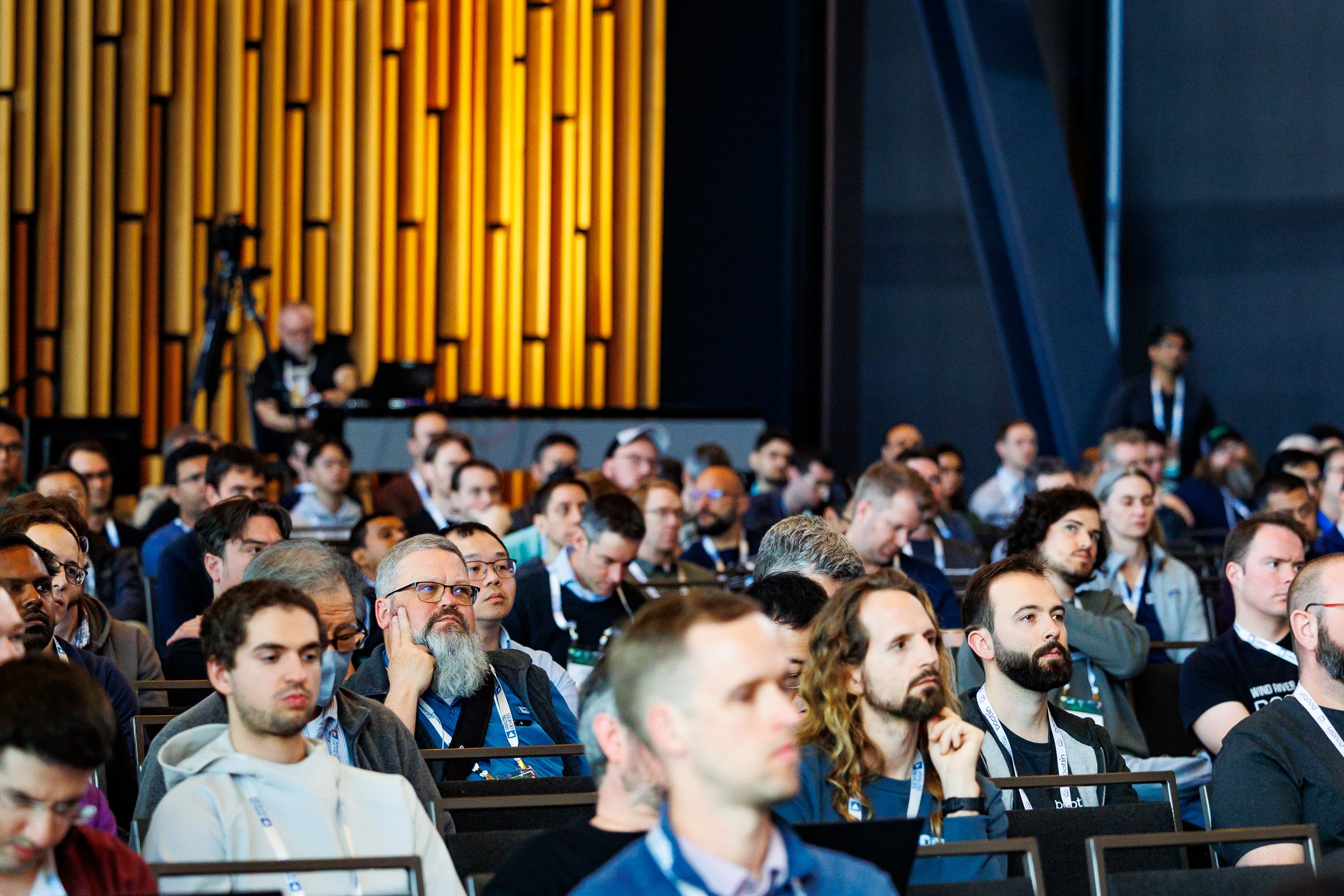
The Embedded Open Source Summit took place from April 16-18 in Seattle, Washington, alongside the Open Source Summit North America. The Zephyr Developer Summit was part of the EOSS, aimed at developers using or considering Zephyr in embedded products. This year, we concentrated on supporting topics relevant to Zephyr users, upstream contributors, and maintainers.
More than 860 individuals from 721 organizations across 46 countries registered for the EOSS conference. The Zephyr track featured over 50 technical sessions, both in-person and on-demand, focusing on users, upstream developers, and maintainers.
Videos from the Zephyr Developer Summit are available on the Zephyr Project YouTube channel. We will highlight a few videos each week in a blog for easy access.

Today we are featuring:
Jakub Duchniewicz presented a fascinating journey into creating an LED matrix art frame powered by Zephyr. His project focused on leveraging an ESP32 microcontroller for its Wi-Fi capabilities instead of initially planned Bluetooth and Li-Po battery integration.
The talk began with Jakub’s rationale for the project, driven by a need to enhance his environment with self-designed and programmed art pieces visible in everyday life. He detailed a methodical development process, starting with conceptualization and early-stage prototyping using cardboard models to validate hardware and software feasibility. Key technical hurdles included managing LED display operations and implementing robust HTTP networking functionality using Zephyr’s feature set and custom APIs.
Jakub elaborated on the hardware design phase involving 3D printing, highlighting the learning curve of mastering FreeCAD and navigating its limitations. He discussed issues encountered such as filament failures and the iterative process of calibrating the printer for reliable output. Power management decisions were crucial, leading to the selection of a robust PSU despite lower than expected power consumption figures.
Regarding software, Jakub extended functionality to manage network stability issues, implemented APIs for dynamic image rendering, and discussed future enhancements like animations and potential game development. He detailed troubleshooting experiences encompassing HTTP server optimizations and ensuring hardware reliability and power efficiency.
Throughout the presentation, you can find Jakub emphasizing the significance of community support, iterative learning in hardware design and 3D printing, and the value of overcoming setbacks as part of refining his project.
Watch the rest of the Zephyr Developer Summit videos here. The schedule and links to the PPT presentations can be found here. Photos from the EOSS can be found here.
For more information about the 2024 event, stay tuned by subscribing to the Zephyr quarterly newsletter or connect with us on @ZephyrIoT, Zephyr Project LinkedIn or the Zephyr Discord Channel to talk with community and TSC members.